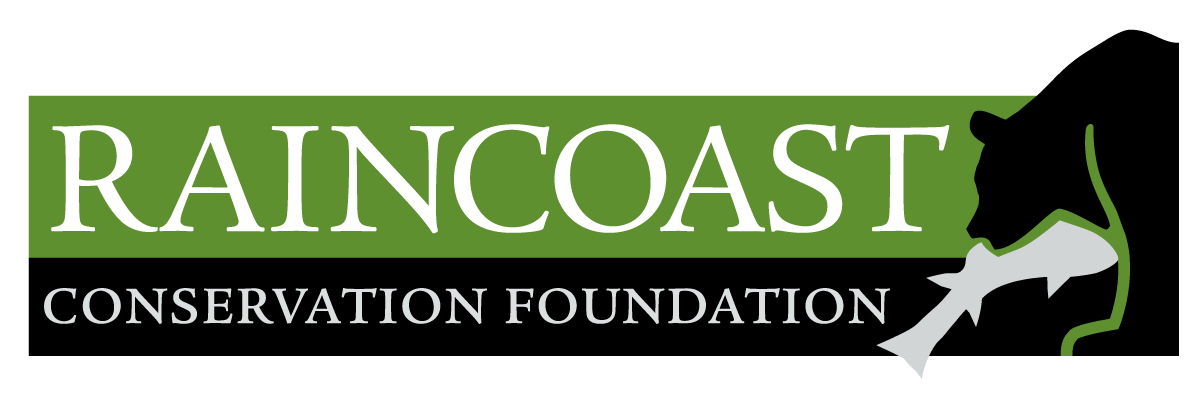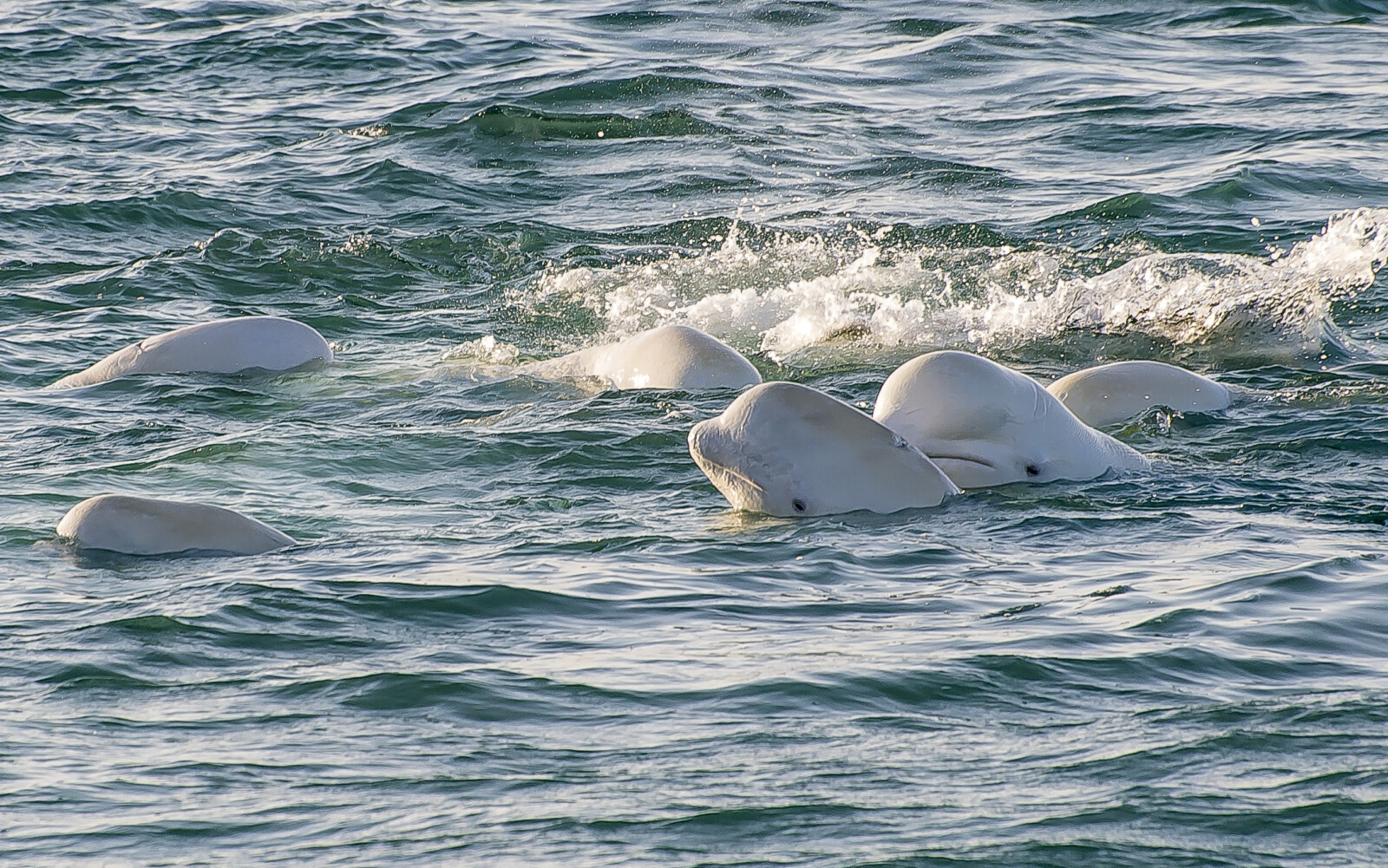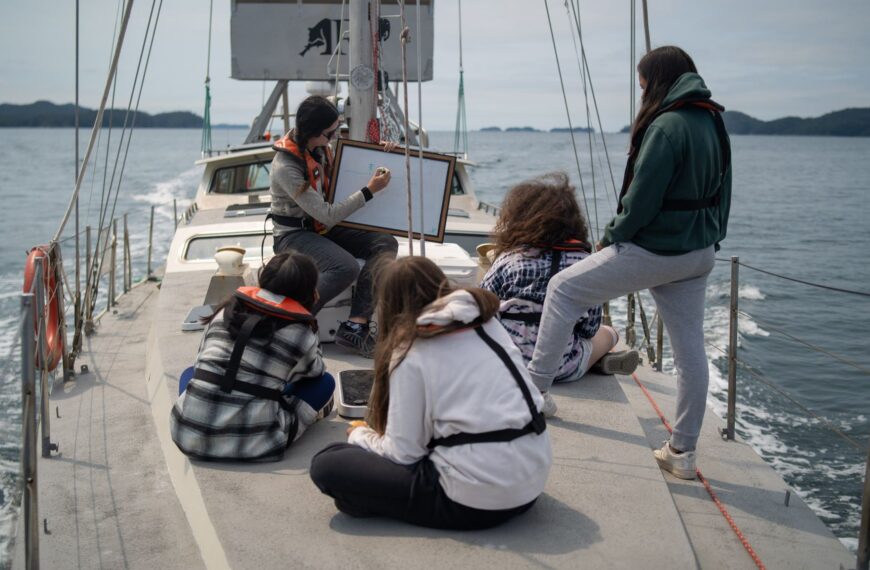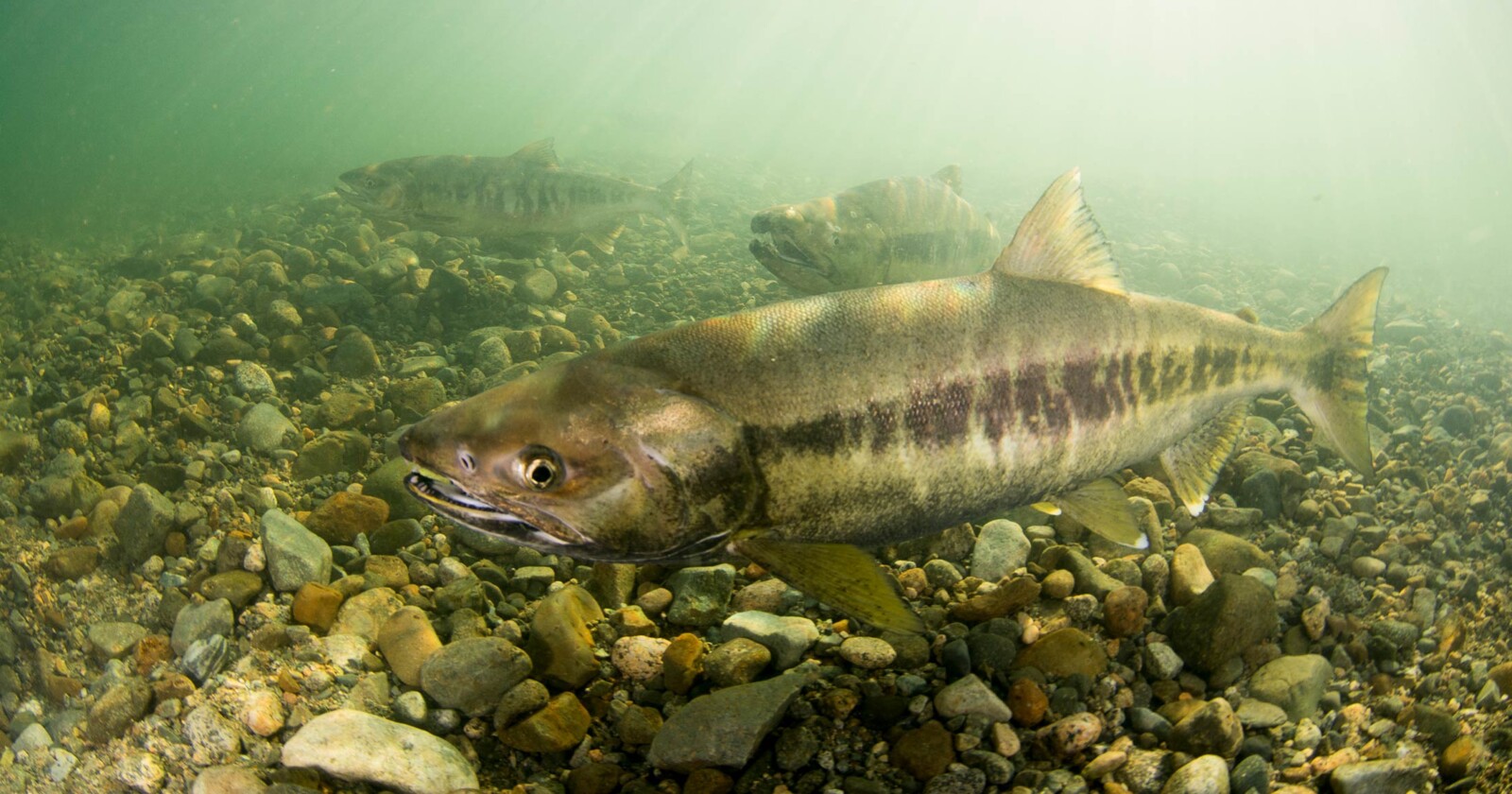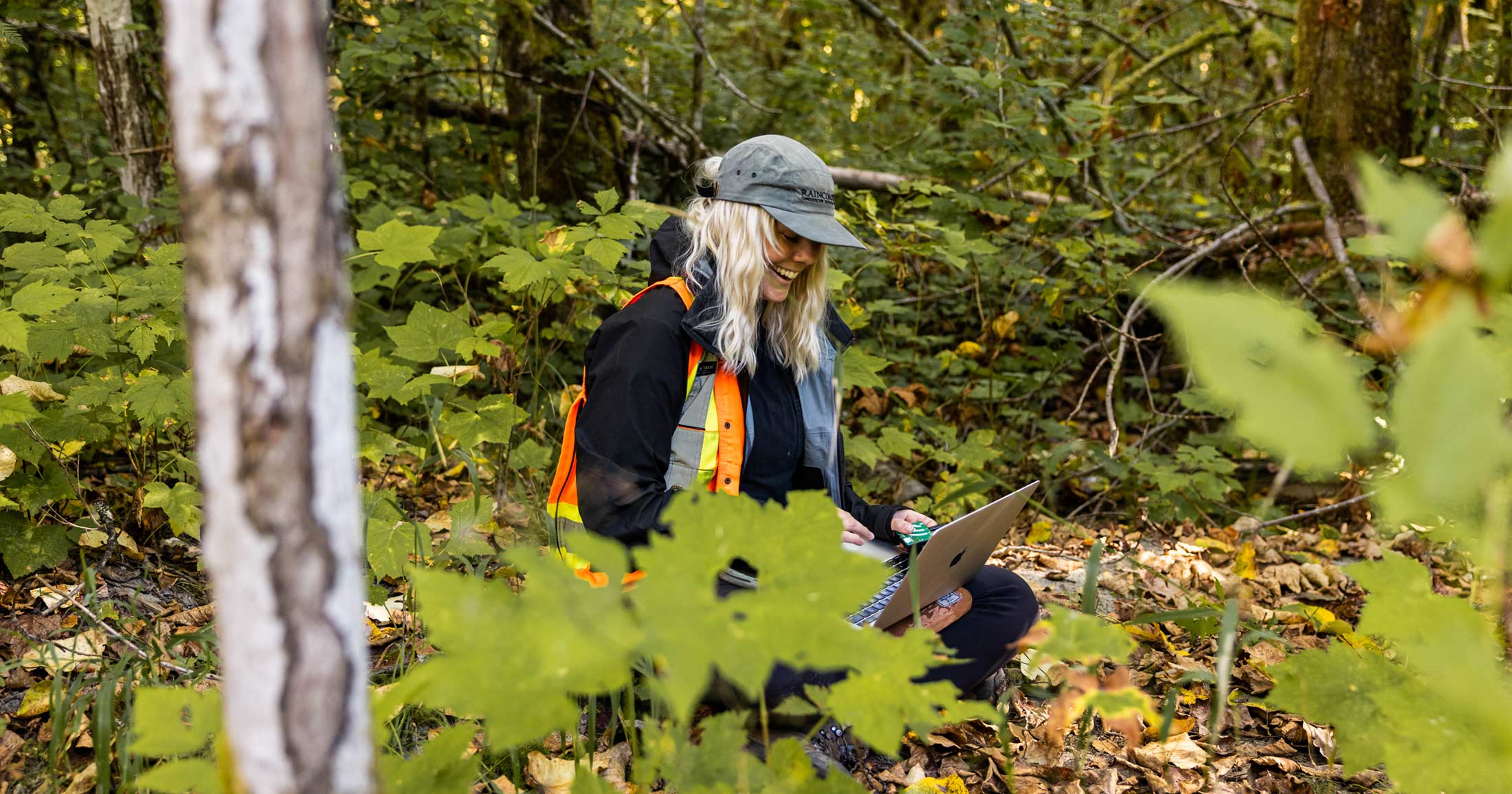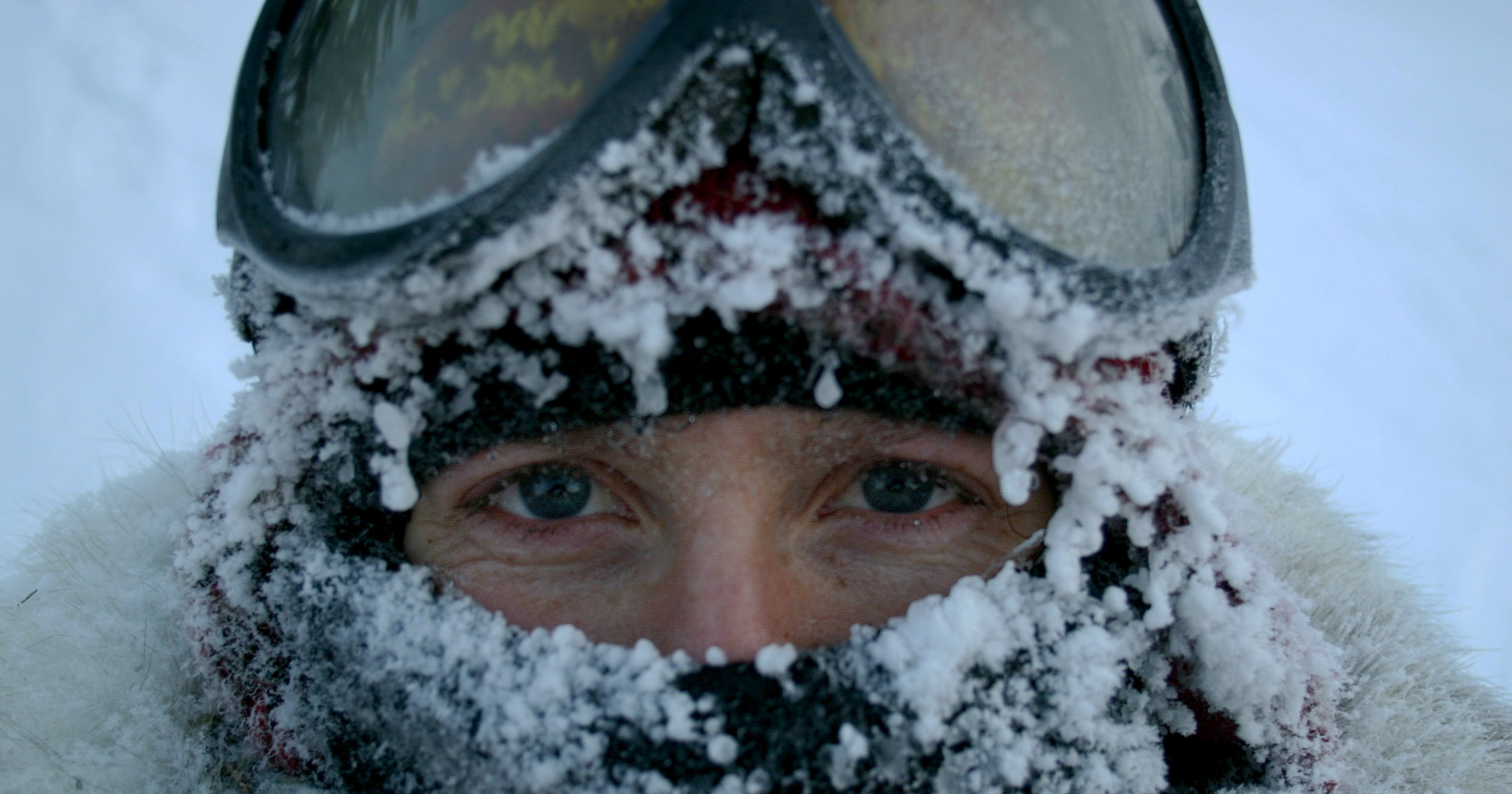Too loud to talk? Belugas tune in to ultrasonic channels
New research shows that beluga whales may exploit ultrasonic signals to maintain communication in noisy environments.
Beluga whales are known for their rich and varied vocalizations, earning them the nickname “canaries of the sea.” But beyond the sounds that humans can hear, belugas also produce ultrasonic burst pulses — calls that consist of rapid sequences of clicks emitted in quick succession, resulting in a burst-like quality. These burst-pulse calls differ from the more melodic whistles and chirps, and from the distinct echolocation clicks commonly associated with toothed whales. Most importantly, these ultrasonic calls occur entirely above 20 kHz, beyond the range of human hearing.
These high-frequency ultrasonic calls have remained largely understudied, as past research often used recording equipment that wasn’t capable of detecting them. However, advances in acoustic technology over the past 10 to 15 years — particularly the widespread availability of hydrophones with much higher sampling rates (i.e. the ability to capture high-pitched sounds) — are now making it possible to reliably record and analyze these ultrasonic signals. As a result, new research is shedding light on how these ultrasonic signals may serve an important function in noisy environments.
A recent study titled “Effects of vessel noise on beluga (Delphinapterus leucas) call type use: ultrasonic communication as an adaptation to noisy environments?”, led by Raincoast scientists, Valeria Vergara and Marie-Ana Mikus, and co-authored with scientists from Fisheries and Oceans Canada, the University of Quebec in Outaouais, and the Group for Research and Education on Marine Mammals, examined how vessel noise influences beluga vocal behavior.
Specifically, the study aimed to understand whether ultrasonic vocalizations, which are part of the beluga’s vocal repertoire and may have evolved in the Arctic’s naturally noisy conditions (cracking, fracturing and shifting sea ice can produce low-frequency loud noise), could help belugas communicate above the din of modern-day vessel noise.
A real-world experiment in a noisy waterway
To test this, the researchers conducted an experimental study in the St. Lawrence Estuary — an area with high levels of vessel traffic, and home to the endangered St Lawrence beluga population. They recorded beluga vocalizations before, during, and after vessel passages to quantify how noise affected call usage.
The results showed that contact calls — functionally known broadband calls essential for group cohesion and mother-calf contact — dropped significantly during noise events compared to before. Similarly, other non-ultrasonic beluga call types, including whistles, moans, and chirps, were used significantly less during noise exposure than before or after, suggesting that vessel noise interferes with these vocalizations.
There’s a trade-off: high-frequency sounds dissipate more quickly in water, meaning that ultrasonic calls have a shorter effective communication range compared to lower-frequency signals.
In contrast, ultrasonic calls were the only call type produced at consistent rates before, during, and after vessel passages, indicating that their use was unaffected by noise.
Additionally, when researchers compared the prevalence of ultrasonic calls in three different beluga populations, they found that belugas in the heavily trafficked St. Lawrence Estuary used ultrasonic calls more frequently than belugas in quieter habitats. This suggests that belugas living in noisier environments may rely more heavily on these high-frequency calls as a strategy to avoid acoustic masking.
A useful adaptation — but at a cost
Communicating at ultrasonic frequencies has potential advantages in noisy environments since these calls exist outside the range of much of the low-frequency noise produced by vessels.
However, there’s a trade-off: high-frequency sounds dissipate more quickly in water, meaning that ultrasonic calls have a shorter effective communication range compared to lower-frequency signals. This could limit the ability of belugas to maintain contact over long distances, which may be especially challenging for mothers and calves.
A second trade-off is that over-reliance on ultrasonic calls during noisy events might reduce the complexity of communication, potentially limiting the richness of social information belugas can share.
Conservation implications
This study emphasizes the role of specialized ultrasonic signals that allow belugas to compensate for vessel noise. However, it remains unclear what energetic, efficiency, or communicative costs this compromise may impose. Understanding how natural acoustic environments shape communication — and how anthropogenic noise disrupts it — is crucial for conservation efforts. Protecting critical habitats and implementing measures to reduce noise pollution in beluga habitats can help preserve the integrity of their communication and social structures in an increasingly noisy ocean.
Citation
Vergara V, Mikus M-A, Chion C, Lagrois D, Marcoux M, Michaud R. 2025. Effects of vessel noise on beluga (Delphinapterus leucas) call type use: ultrasonic communication as an adaptation to noisy environments?. Biology Open. 14(3). doi:https://doi.org/10.1242/bio.061783.
Abstract
Animal vocalizations can evolve structural features as long-term adaptations to noisy environments. Using such signals, cetaceans could mitigate masking from vessel noise. This study investigates whether beluga whales (Delphinapterus leucas) use ultrasonic high-frequency burst pulse (HFBP) calls to communicate in noisy conditions. We identified HFBP calls in three populations: St Lawrence Estuary, Eastern High Arctic-Baffin Bay, and Western Hudson Bay. Focusing on the industrialized St Lawrence, we investigated the effects of vessel noise on HFBP call rates compared to other call types. Ultrasonic calls, spanning a bandwidth of 36.4±6.5 to 144 kHz (Nyquist frequency), comprised 13% of the St Lawrence beluga repertoire (n=25,435). Noise events (n=21) were defined as periods when at least one vessel was visible within 2 km of the hydrophone while belugas were within 500 m. Sound pressure levels were measured before, during, and after exposure. Generalized linear mixed models revealed consistent HFBP call rates before, during, and after vessel noise exposure, while contact calls and other call types declined during exposure (n=4528). These findings suggest that ultrasonic signals that evolved in the Arctic – where ice-associated noise may have created a need for high-frequency communication – remain a viable communication channel in vessel noise, allowing belugas to exploit these signals to maintain communication. Understanding how belugas use signals in noisy environments can inform conservation strategies for noise-impacted marine mammals.
Select figures
Figure 1

Figure 3

Effects of vessel noise on beluga call rates in Baie Sainte-Marguerite. (A) Number of calls per minute across three noise conditions: before noise, during noise, and after noise, with n=21 for each condition. Each panel represents a different call type: CCs, HFBP calls, and all other call types (other calls). Boxplots represent the interquartile range (IQR), with medians indicated by horizontal lines within the boxes. Whiskers extend to 1.5 times the IQR, and individual data points are displayed as grey circles. (B) Parameter estimates, standard errors, z-values, and P-values from generalized linear mixed models (GLMMs) with a negative binomial distribution. The models assessed the relationship between call rates (number of calls per minute) and noise conditions (before, during, after) with noise events included as random effects (with n=21 for each condition). Pairwise comparisons were conducted using estimated marginal means (emmeans) with Holm correction for multiple comparisons. Details of the statistical analysis can be found in the Materials and Methods.
Figure 6

You can help
Raincoast’s in-house scientists, collaborating graduate students, postdoctoral fellows, and professors make us unique among conservation groups. We work with First Nations, academic institutions, government, and other NGOs to build support and inform decisions that protect aquatic and terrestrial ecosystems, and the wildlife that depend on them. We conduct ethically applied, process-oriented, and hypothesis-driven research that has immediate and relevant utility for conservation deliberations and the collective body of scientific knowledge.
We investigate to understand coastal species and processes. We inform by bringing science to decision-makers and communities. We inspire action to protect wildlife and wildlife habitats.

